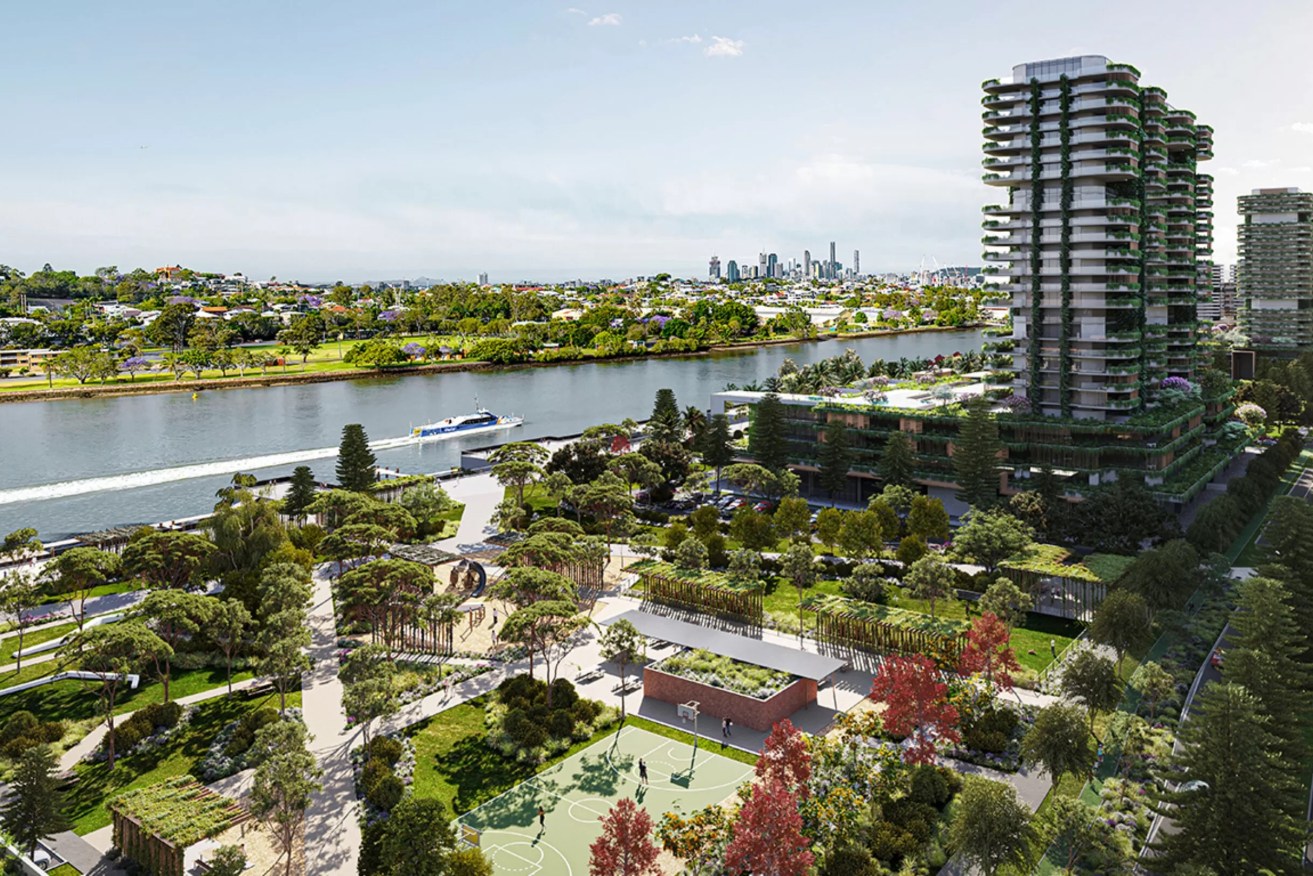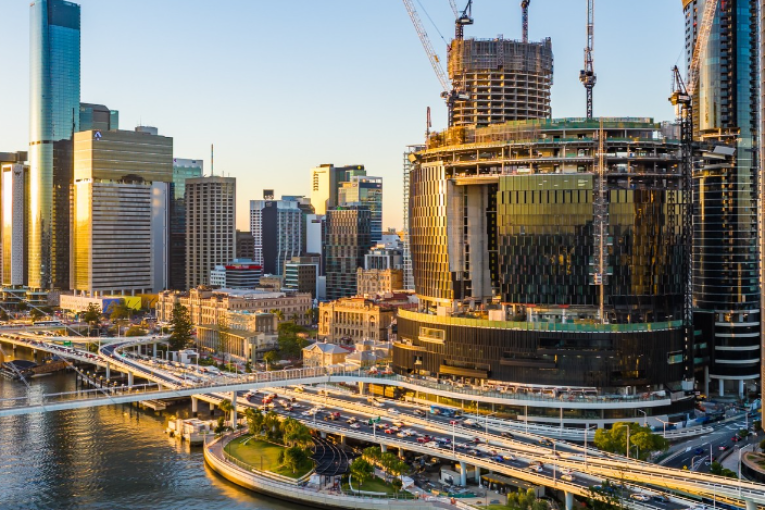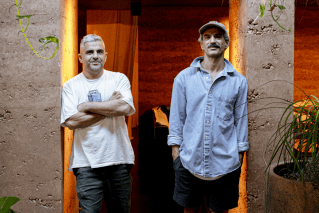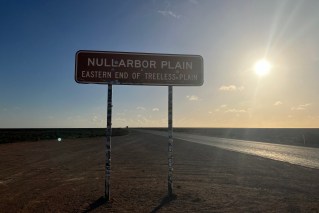Missing the Meanjin Line: The gaps in Northshore Hamilton’s grand vision
Northshore Hamilton will be the biggest urban renewal project in Brisbane since South Bank. Just don’t expect to get there in a hurry, writes Craig Johnstone.


The potential of the 304 hectare wedge of land bounded by the Brisbane River and the Kingsford Smith Drive has exercised property developers, urban planners and politicians for decades. (Image: Queensland Government)
Once an abundant fishing and hunting spot for First Nations people, then an industrial port in the century and a half following European settlement, Northshore Hamilton has always drawn a crowd.
The potential of the 304 hectare wedge of land bounded by the Brisbane River and the Kingsford Smith Drive has exercised property developers, urban planners and politicians for decades.
Now the area is set for another reinvention, this time as the site for the athletes village for the 2032 Olympic and Paralympic Games and, in the long term, as a mixed use precinct to rival South Bank’s residential and commercial attractions.
At least, that’s the plan.
Deputy Premier and Planning Minister Steven Miles has approved a development scheme for the Northshore Hamilton, using his powers over what are termed Priority Development Areas, more than 30 large tracts of land around Queensland where the state gets first and last say on their futures.
Developers are fond of PDAs – or at least the concept of them – because they sideline potential planning problems with local councils and community groups. Most of Queensland’s PDAs are located in the fast growing south-east of the state.
As minister in charge of these areas, Miles wields considerable power. Given its visibility and political importance, he would have had an abiding interest in Northshore Hamilton’s future would have been . Now it has a role in the Olympics, that interest is intense.
The area is already home to a bustling residential, commercial and entertainment precinct but, with the adoption of the development scheme, activity is about to ramp up.
Miles told Parliament last week the government had a vision for “a vibrant, connected city as exciting as anywhere else in the world”.
“An additional 1.2 kilometres of this prime waterfront location will be transformed into a vibrant, mixed-use precinct for the community,” he said.
“It will be one of the biggest contributions of Brisbane riverfront parkland since South Bank was established.”
About $5 billion of private and public investment is set to be poured into Northshore Hamilton over the next decade. When it is all finished, it should be home to 24,000 people, the same size as Southport is now.
But what the bright colourful diagrams and renders do not depict is any plausible way to move these thousands of new residents and visitors from where they will live and play to where they are likely to work.
The yet-to-be-told story in the development of Northshore Hamilton is public transport.
The amended development scheme dwells on its active transport attractions – an impressive network of paths, streets cycle lanes and bikeways – and insists public transport is “highly accessible”
But the nearest rail station is Ascot – a 25 minute walk from Portside Wharf – and unless there is a secret plan to pimp up Brisbane’s ferry fleet with a couple of those V12-driven longtail monsters that ply the klongs in Bangkok, the river journey between Hamilton and the city will remain beautiful but slow.
That leaves three words guaranteed to prompt groans of agony from Brisbane commuters – Kingsford Smith Drive.
A business case developed by the council to introduced a CityGlider bus service between Woolloongabba and Northshore Hamilton is sitting with the state government.
Current plans for the council’s $1 billion Brisbane Metro suggest the new transit service will go nowhere near Hamilton and an ambitious concept floated by the Bligh government for a Brisbane “subway” running from Toowong to the airport via Northshore Hamilton – dubbed the Meanjin Line by former transport minister Paul Lucas – sank without a trace.
On the Gold Coast, light rail has transformed what was long considered a public transport desert into an efficient system of moving large numbers of people from one place to another.
It’s hard to imagine now but, for all the government’s talk of better connectivity, the Gold Coast -of all places – may soon have a public transit system more fit for purpose than Brisbane.












